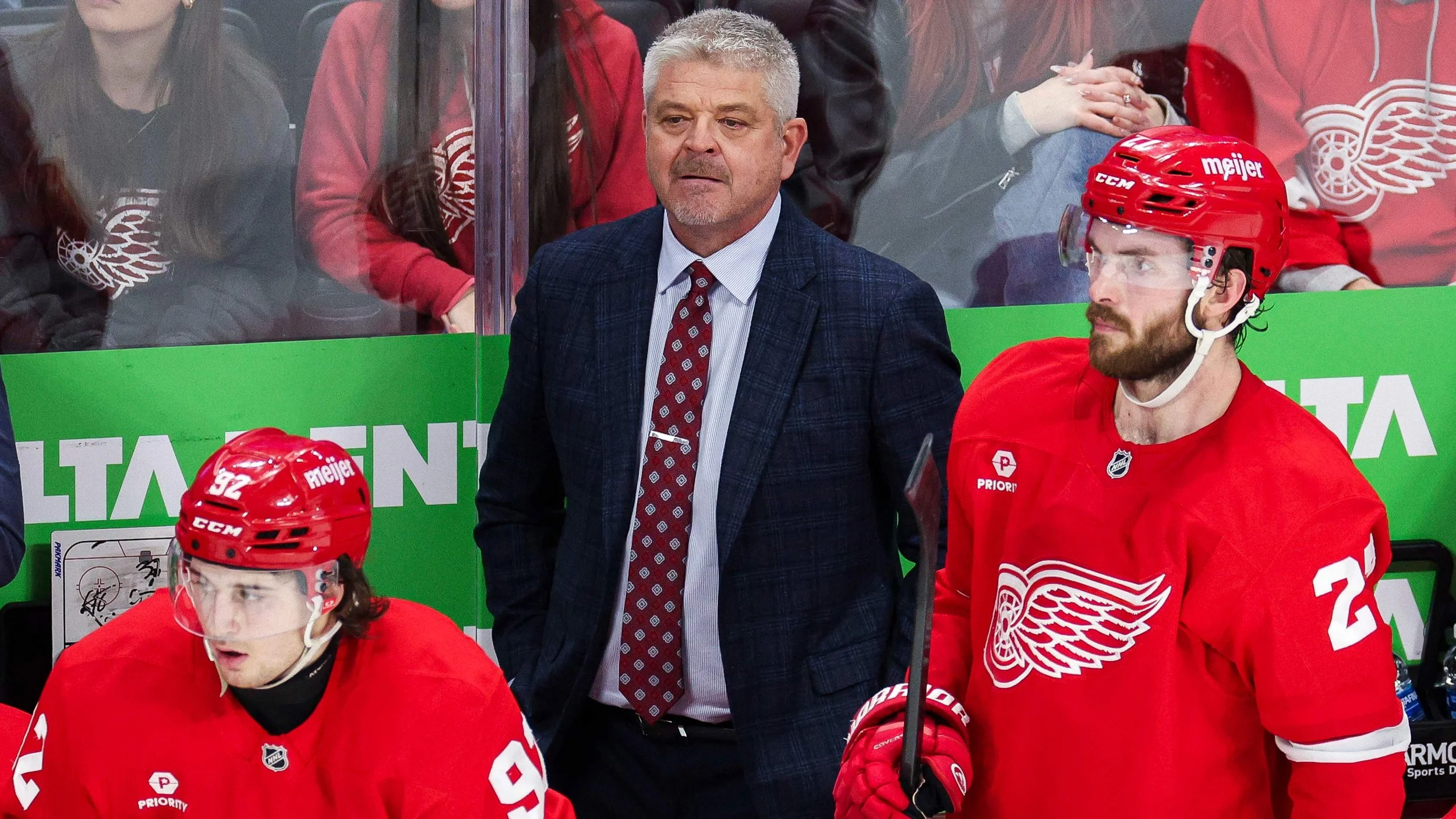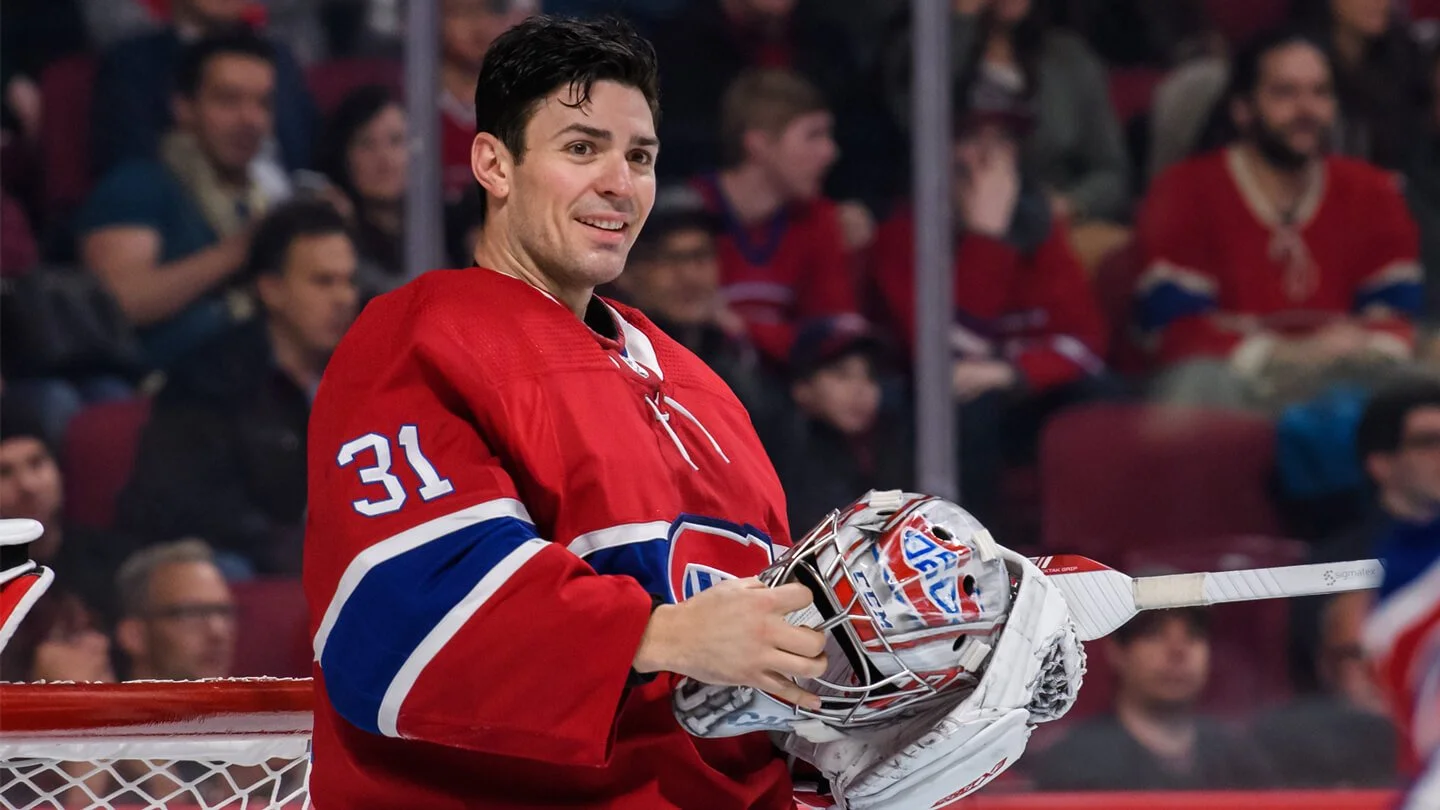The PDA Newsletter | Play Fast Without Rushing
How Elite Players Think at Game Speed
Are you actually ahead of the play, or just chasing the game at full speed?
Everyone says you need to play faster.
But what does that actually mean?
Watch the best in the world — McDavid, Makar and MacKinnon. Here’s what you’ll notice:
Yes, they’re explosive.
But they’re never frantic.
They play with speed, not with panic.
They make the game look like it’s moving in slow motion for them because they’ve already done the work before the puck even arrives.
It’s not just their legs that separate them, it’s their reads.
They look like they have more time than everyone else.
So here’s the real question:
How do elite players “play fast” without feeling fast, and how can you train that same game speed for yourself?
The answer starts with redefining what fast really means on the ice. Let’s dive in.
What Playing Fast Really Means
Ask most players what “playing fast” means and you’ll usually hear:
“Move the puck quicker.”
“Skate harder.”
“Don’t hold onto it too long.”
That’s output speed. But it’s not game speed.
True pace comes from processing. Elite players don’t just move faster; they think earlier. They play fast because they:
Scan before the puck arrives – the play slows down when you’ve already spotted pressure and support.
Anticipate pressure triggers – a defender leaning inside, a stick angling the lane, a gap tightening.
Simplify their decisions – one-touch when possible, delay when it creates space, move when it draws coverage.
Move pucks to space, not just away from danger – turning a bailout into an advantage.
That’s why the game looks effortless for them. The chaos isn’t gone; it’s still there, but their habits allow them to see it earlier, solve it quicker, and make it look like they have time that no one else does.
Backed By Science
Sports science shows that what looks like “playing fast” is often about anticipation, not acceleration.
Studies on decision-making in elite athletes (Mann et al., British Journal of Sports Medicine, 2007) found that top performers process visual cues earlier and more efficiently than their peers. Instead of reacting when the puck is already on their stick, they’re predicting what’s about to happen.
Neuroscience calls this perceptual-cognitive skill: scanning, chunking patterns, and filtering out irrelevant noise. In hockey, this means knowing the most likely options before the puck arrives.
That’s why a player who looks calm can actually be faster because their brain has already simplified the chaos.
Coach’s View: “Think Early, Not Fast”
Red Wings head coach Todd McLellan put it simply:
“If you want to play fast, you need to think early, not fast.”
That flips the whole idea of pace. Players who wait until the puck hits their stick are already behind; they feel rushed, their decisions shrink, and their execution suffers. Those who make decisions before the puck arrives appear smooth, composed, and in control.
It’s not the puck that creates speed; it’s your awareness. Reading pressure early and having a plan before possession turns the game from chaos into clarity. That’s what makes elite players look like they have all the time in the world, even in the fastest moments. Communication between parents and players is rooted in stability, not panic.
Connor McDavid’s Version of Calm Speed
Even Connor McDavid, often regarded as the fastest player in the world, proves that speed alone isn’t what makes him unstoppable.
He doesn’t burn energy on every touch; he scans, waits, and then strikes at the exact moment the ice opens. His bursts are calculated, built on reads made seconds earlier. In the middle of chaos, he looks composed while others scramble.
His true edge is pairing his elite pace with a calm awareness, turning raw speed into a weapon that bends the game to him.
4 Core Habits That Train Game-Speed Thinking
1. Early Scanning
Elite players scan twice before touching the puck:
Once as the play is developing
Again as the puck is about to arrive
They aren’t locked on the puck carrier, they’re reading space, pressure and support.
Practice Tip:
Pick a drill. Scan shoulder-to-shoulder before every puck touch.
Time won’t feel so tight when you’ve already seen what’s coming.
2. Chunking the Ice
Elite players don’t see chaos.
They see chunks, patterns that repeat:
D pinches = low cycle or wall support
F3 high = weak side opportunity
Rim & chase = D-zone switch coming
They’ve seen the same patterns hundreds of times, so their brain knows what’s likely next.
Video Tip:
Ask:
“Where have I seen this before?”
“What usually happens next?”
The brain becomes a personal playbook when you start logging these reps.
3. Simplifying Touches
Rushed players:
Over-handle
Wait for the perfect option
Default to the safe rim
Elite players:
One-touch passes
Smart bumps into space
Use body position to delay, not to panic
Efficiency is a choice.
The best players look calm, not because the play is easy, but because their habits are clean and controlled.
4. Talk Before Trouble
Speed isn’t just individual. It’s shared.
Verbal cues like:
“One more!”
“Middle!”
“Down low!”
…create rhythm, structure, and anticipation.
Talking creates pace.
If you keep the read in your head, you’ve already missed your chance to make an impact. It’s a game of seconds and inches.
Trainer’s Take: Game Speed Is Trainable
Elite NHL skills coach Darryl Belfry focuses heavily on cognitive load in skill environments.
“Don’t just run reps. Change the variable. Force a decision.”
That’s how players build game-speed, not just repetition speed.
Try this in your own training:
Add a defender to a passing drill
Use colored cones as cues for direction
Run small-area games where rules change mid-rep
Repetition without decisions creates habits, not intelligence.
Reps alone don’t build awareness. A good drill should force choices, read pressure, adjust routes and recognize timing.
If every rep has only one answer, you’re memorizing, not learning. Game IQ grows when practice problems change, because that’s what the game really is: constant problem-solving.
3 Questions to Ask After Every Shift
1. What did I see before I got the puck?
Scanning early is the difference between reacting late and already knowing your next play.
2. Did I move it with purpose, or just out of pressure?
There’s a gap between advancing the play and just throwing it away.
3. Could I have done the same thing one second sooner?
If the option was there earlier, you held too long.
Every shift is a chance to train your brain. Ask these questions, and the game slows, not because it gets easier, but because you’re already ahead.
For the Goalies: Calm is Fast
Goalies can fall into the same trap as skaters, mistaking “busy” for “fast.”
The best goalies don’t scramble. They make the crease feel calm because they:
Read the play before it gets to them, anticipate the play — even from the opposing team’s zone
Spot the little triggers, a shooter’s hands dropping, a passing lane opening, a stick flashing net-front
Move when it matters, on their own timing
That’s why Carey Price, at his peak, looked effortless. He wasn’t slower, he was earlier. Calm movements under pressure don’t just build your own personal confidence; they build trust in your team.
So What Does It Really Mean to Play Fast?
Let’s circle back to the opening question.
It’s not about skating harder.
It’s not about moving the puck instantly.
It’s not about rushing decisions.
Playing fast means playing early. It means scanning, simplifying, anticipating, and creating calm where most players feel chaos.
Because in the end, the player who stays calm under pressure isn’t just surviving the chaos, they’re the one shaping it.
Up next in the PDA Newsletter
Up next: What Scouts Look For… Isn’t What You Think.
We’ll break down the myths around what really catches a scout’s eye, and why it’s often not the highlight-reel goal, but the small, resilient details most parents might overlook. If you’ve ever wondered what scouts actually write in their notebooks, Thursday’s Parent Insight piece will give you that lens.









